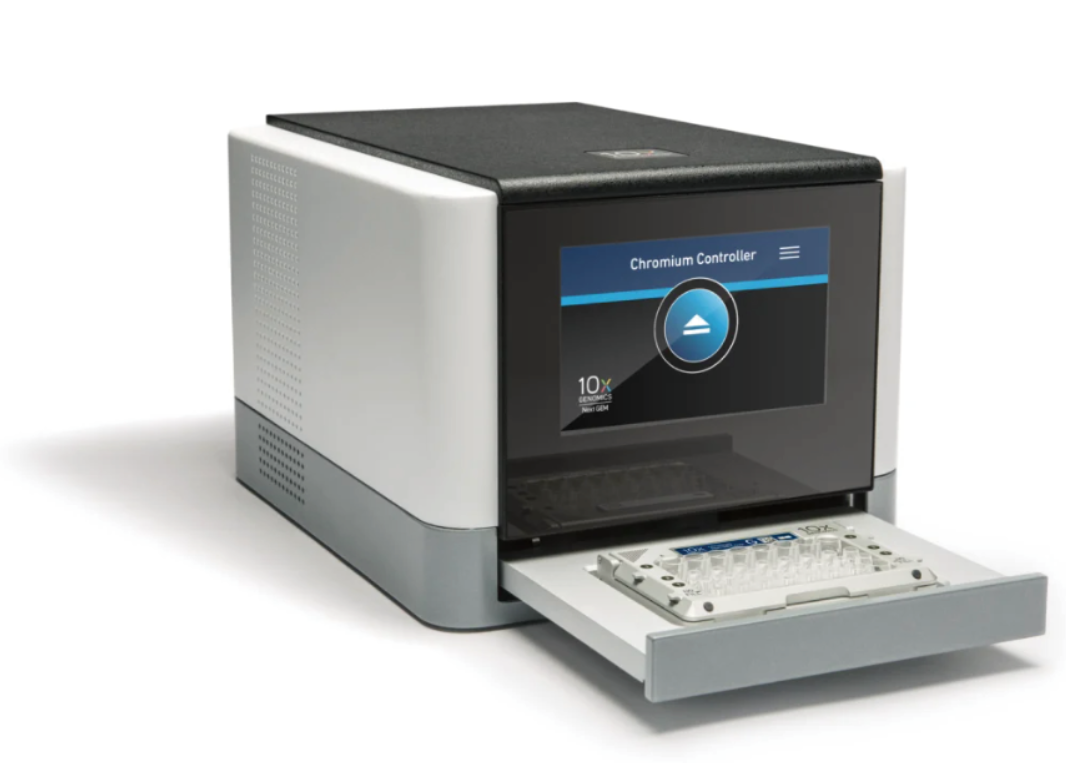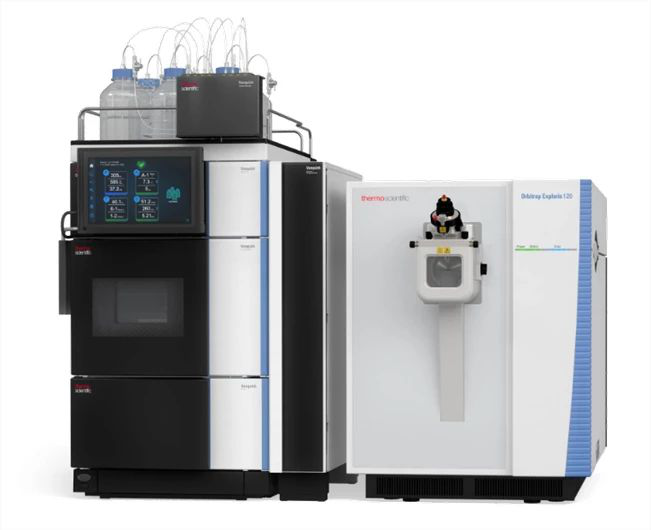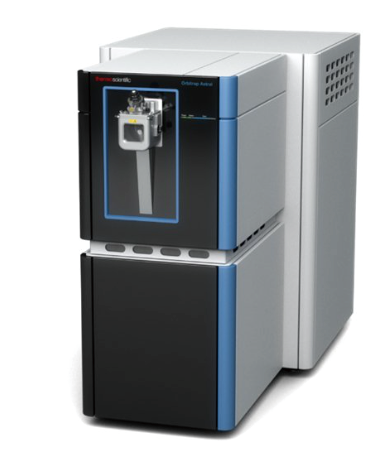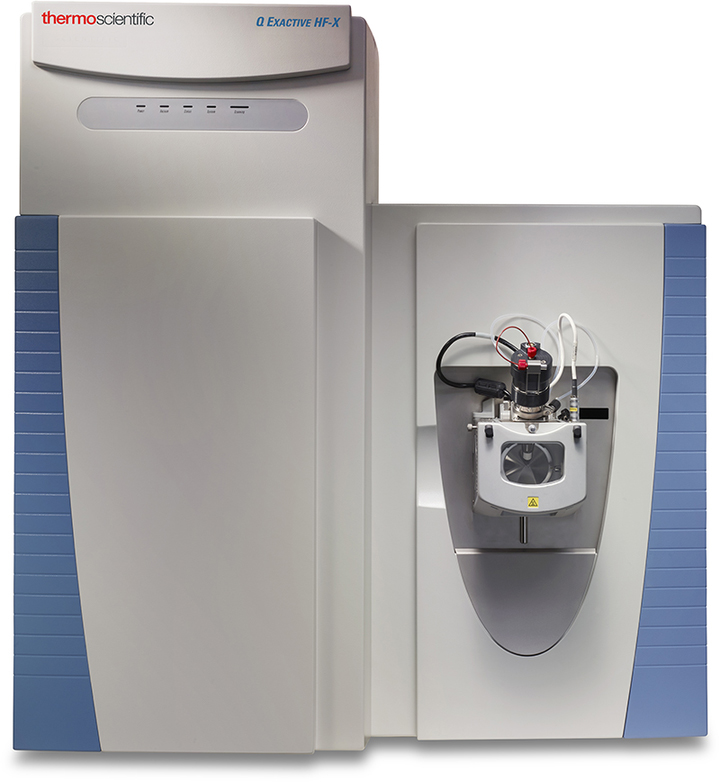Tachaea chinensis is a parasitic isopod that negatively affects the production of several commercially important shrimp species in China. To date, there have been no reports on the antioxidant and immune responses of host shrimps to isopod parasite infection or their underlying molecular mechanisms. In this study, we examined the specific activities of the immune and antioxidant enzymes of the shrimp Macrobrachium nipponense during the course of a 15-day isopod infection and evaluated expression of related genes. Acid phosphatase (ACP) and alkaline phosphatase (AKP) activities and malondialdehyde (MDA) levels showed significant peaks over 15 days of exposure in both the hepatopancreas and muscle (P < 0.05), whereas catalase (CAT) activity increased continuously during infection (P < 0.05), and lysozyme (LZM) activity increased only in the hepatopancreas (P < 0.05). After 6 days of exposure, expressions of glutathione S-transferase (GST), ACP, and AKP were significantly higher than at 12 days. Compared with the control group, at 12 days, S-(hydroxymethyl) glutathione dehydrogenase activity and glutathione metabolism pathways were significantly inhibited (P < 0.05). Furthermore, the NOD-like receptor signaling pathway and antigen processing and presentation pathways were also significantly inhibited at 12 days compared with that at 6 days (P < 0.05), indicating that T. chinensis parasitism could perturb the antioxidant and immune systems of shrimp hosts during the latter stages of infection. Additionally, the molting and mortality rates of M. nipponense increased the duration of parasitism. These findings indicate that M. nipponense can activate antioxidant and immune defense systems during the early period during isopod parasitism, whereas the parasite can negatively affect these host defense systems during the latter period. Our findings accordingly provide valuable insights into the antioxidant defense systems and immune function characterizing parasite–host interactions.




















